Why AP Courses Matter for Robotics and Mechatronics
Robotics and mechatronics live at the intersection of mechanics, electronics, and intelligent software. If you’re a student aiming for a top engineering program, Advanced Placement (AP) courses are more than just résumé decorations — they’re a practical way to build the math, physics, and coding muscle you’ll need. AP classes give you structured, rigorous content, standard benchmarks colleges recognize, and a chance to show mastery in key areas before you even step on campus.
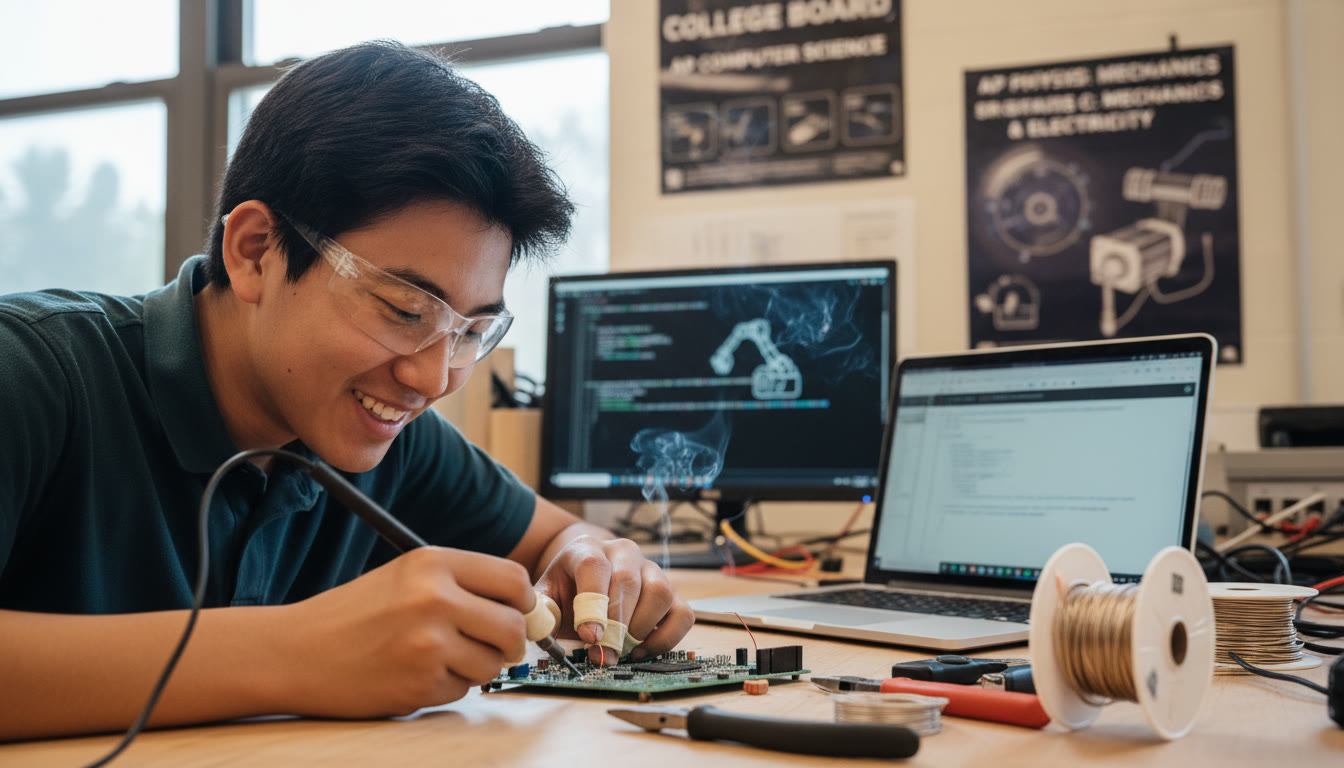
What “Pathway” Means in Practice
A pathway is a sequence of courses and experiences that together prepare you for a field. For robotics and mechatronics, a smart AP pathway combines:
- Math that builds analytical problem solving (Calculus).
- Science that explains motion, forces, and electricity (Physics and Chemistry concepts).
- Computer science for control logic and algorithms (AP Computer Science).
- Hands-on labs and projects that synthesize learning into physical systems (clubs, independent projects, internships).
Core AP Courses That Build a Strong Foundation
Below are the most impactful AP courses for students serious about robotics and mechatronics. Think of them as building blocks: each one strengthens a different skill set you’ll rely on in higher education and in real-world projects.
AP Calculus AB / BC
Calculus is the language of change — essential for modeling motion, control systems, sensors, and kinematics. AP Calculus AB covers differential and integral calculus; BC goes deeper and faster, often including sequences and series. If you can, aim for BC or take AB then BC sequentially to maximize college credit and conceptual depth.
AP Physics 1 and AP Physics C
AP Physics 1 introduces mechanics and simple circuits — great for beginners. AP Physics C: Mechanics and AP Physics C: Electricity & Magnetism use calculus and align more closely with engineering expectations. If your school offers Physics C, it’s highly valuable for students who already have or are taking calculus.
AP Computer Science A
This course teaches programming fundamentals (usually in Java) and object-oriented design. For control logic, algorithmic thinking, and firmware-style programming, AP Computer Science A is a direct fit. Pair it with personal projects using microcontrollers (Arduino, Raspberry Pi) to make the learning concrete.
AP Computer Science Principles
AP CSP emphasizes computational thinking, broader CS concepts, and real-world applications. It’s an excellent complement to AP CS A — especially for students exploring software’s role in systems and data-driven solutions.
AP Chemistry
While not strictly mandatory, AP Chemistry helps if your robotics interests touch on batteries, materials, sensors, or actuators where chemistry matters. It also strengthens lab skills and experimental design.
Course Map: How to Structure a 2–4 Year High School Pathway
Below is a recommended timeline depending on whether you have two or four years to prepare. This is flexible — adjust based on your school’s offerings and your starting point.
| Grade | 2‑Year Accelerated Path | 4‑Year Steady Path | Hands-On/Extracurricular Focus |
|---|---|---|---|
| 9th Grade | Precalculus / Intro to CS | Algebra II / Intro to CS | Join robotics club; basic electronics workshops |
| 10th Grade | AP Calculus AB, AP CS Principles | Precalculus / AP CS Principles | Small robot projects; summer STEM camps |
| 11th Grade | AP Calculus BC, AP Physics C: Mechanics | AP Calculus AB, AP Physics 1 or Physics C (if ready) | Regional competitions; mentorships or internships |
| 12th Grade | AP Physics C: E&M, AP Computer Science A | AP Computer Science A, AP Physics C (as available) | Capstone robotics project; college-level dual enrollment if possible |
Practical Skills and How AP Courses Help You Master Them
Beyond the syllabus, robotics requires a toolkit of practical skills. Here’s how AP courses map to those real-world abilities.
- Mathematical modeling: AP Calculus trains you to set up and solve differential equations and understand rates of change.
- Mechanics and dynamics: AP Physics teaches you Newtonian mechanics and rotational motion — directly useful for arm design, drive trains, and motion planning.
- Electronics basics: AP Physics and lab work cover circuits; hands-on labs and maker experiences fill in soldering and PCB basics.
- Programming and algorithms: AP CS A and AP CSP develop coding, debugging, and computational thinking that translate to embedded systems programming.
- Experimental design and data analysis: AP labs stress hypothesis testing, measurement uncertainty, and clear reporting — skills you’ll reuse in testing sensors and tuning control loops.
Example: Designing a Line-Following Robot
Here’s a snapshot of how AP knowledge flows into a simple robotics project:
- Use geometry and kinematics (AP Calculus and Physics) to predict turning radii and speeds.
- Design a basic circuit for the sensor array (AP Physics). Learn to power motors safely and filter noise from sensor readings.
- Implement control logic and PID-like behavior in code (AP CS A concepts + guided experimentation).
- Gather data, analyze performance, and iterate (AP lab-style reporting and statistics).
Study Strategies: From AP Prep to Real-World Engineering
AP exams evaluate knowledge and exam skills; robotics requires transferable skills. Combine test preparation with project-based learning for maximum effect.
1. Build While You Learn
When you cover a topic in class, apply it immediately to a small project. Learned about circuits? Build a simple LED sensor. Covered loops and conditionals? Program a robot to react to light. Application cements theory, and the demo projects make your college application tangible.
2. Use Labs as Design Practice
AP lab reports are not busywork — they train you to think like an engineer. Treat each lab like a mini-design cycle: define, build, test, analyze, and iterate. That habit is gold for robotics.
3. Practice Problem Solving, Not Just Memorization
AP exams reward deep understanding and transfer. Solve varied problems, explain solutions out loud (teach someone), and focus on reasoning steps. This same approach helps you debug a robot when a motor stalls or a sensor drifts.
4. Time Management and Test Skills
AP tests are timed. Practice pacing with full-length practice exams, and build endurance with weekly practice blocks. But balance that with project time — colleges value both academic rigor and hands-on initiative.
Extra-Curriculars: How to Make Your Pathway Stand Out
AP scores are part of the picture. Admissions officers also want to see curiosity, initiative, teamwork, and impact. Here’s how to turn AP preparation into a compelling profile.
- Robotics and Engineering Clubs: Join or start a team. Leadership, design roles, and competition results matter.
- Independent Projects and Portfolios: Keep a documented project log with code repositories, circuit diagrams, and videos of demos.
- Internships, Research, and Mentorships: Even short internships at local makerspaces or labs show real-world engagement.
- Community Outreach: Run workshops, mentor younger students, or build low-cost kits for local schools — impact is memorable.
Sample Project Roadmap: From Classroom to Capstone
Here’s a practical year-long project idea that pairs well with AP coursework and gives you material for college essays and interviews.
- Fall: Define the problem (e.g., autonomous delivery robot for campus). Research sensors and gather parts. Map required math and physics concepts from AP classes.
- Winter: Prototype a chassis, basic drive train, and sensor mount. Start code for teleoperation and basic autonomous behaviors using concepts from AP CS.
- Spring: Test, collect data (speed, accuracy), and tune algorithms. Use calculus and physics to refine control gains. Prepare a final demo and technical report.
- Summer: Polish documentation, create a short video, and submit to competitions or use it as a summer internship project.
How Personalized Tutoring Can Amplify Your Pathway
General advice helps, but targeted support accelerates progress. Personalized tutoring can bridge gaps between AP content and robotics application, giving you efficient, focused growth.
What Personalized Tutoring Adds
- 1-on-1 Guidance: Tutors can identify weak spots in calculus or physics and translate them into project-ready skills.
- Tailored Study Plans: A customized schedule balances AP exam prep with project milestones, preventing burnout and maximizing impact.
- Expert Tutors: Mentors experienced in engineering and competitions provide real-world tips that textbooks don’t offer.
- AI-Driven Insights: Smart platforms can analyze practice test patterns and recommend targeted practice areas to boost AP scores efficiently.
For students juggling coursework, extracurriculars, and college planning, services like Sparkl’s personalized tutoring can fit naturally: helping you improve exam strategies, polish project presentations, and connect AP learnings to engineering outcomes.
Exam Prep Tips Specific to Robotics-Minded Students
If you’re tuning AP prep to align with robotics goals, tweak your study habits to emphasize application and synthesis.
- Link problems to systems: When practicing kinematics problems, always ask how the result would affect a robotic arm’s movement or a wheel’s traction.
- Simulate experiments: If an AP lab is about circuits, try recreating the circuit with a breadboard and test how component changes affect readings.
- Balance breadth with depth: Strong AP scores across math, physics, and CS matter more than maxing out a single score while neglecting others.
- Practice free-response with engineering narration: For written parts, explain your reasoning like an engineer — define assumptions, show math, and interpret the result.
Common Pitfalls and How to Avoid Them
Students often make the same predictable mistakes when bridging AP coursework and robotics. Here are practical fixes.
- Pitfall: Doing AP work in isolation from projects. Fix: Pair every unit with a mini-build or simulation to translate theory into practice.
- Pitfall: Overloading on APs at the cost of depth. Fix: Pick a balanced set of APs that map to your pathway and leave room for leadership and projects.
- Pitfall: Studying only for the exam format. Fix: Focus on transferable skills — lab design, debugging, and system integration.
Putting It All Together: A Sample Application Narrative
Admissions officers don’t just see scores — they see stories. Here’s a condensed example of how you might translate an AP-driven pathway into a compelling narrative for applications or interviews:
“Through AP Calculus and AP Physics C, I learned to model motion and predict forces. In AP Computer Science A, I learned to structure logic; combining these classes, I led a team to design a prototype autonomous delivery robot. I tested different motor controllers, analyzed sensor noise, and iterated on the control algorithm based on experimental data. This project, documented in my portfolio, grew into mentoring younger students in our robotics club and developing a low-cost sensor module for local schools.”
That story shows intellectual curiosity, technical skill, teamwork, and community impact — all qualities top engineering programs look for.
Checklist: Are You On Track?
Use this quick checklist to assess your pathway readiness.
- Have you taken or planned AP Calculus and at least one AP Physics course?
- Have you completed AP Computer Science A or AP CSP?
- Do you have at least one significant robotics project documented (video, code, report)?
- Are you balancing exam prep with hands-on time weekly?
- Have you sought targeted help for weak areas (tutors, mentors, or focused classes)?
- Do you have extracurricular evidence of leadership or community impact?
Final Thoughts: Your Path Is Customizable — Start Now
No single path fits every student. The best route is the one that builds strong math, physics, and coding skills while giving you chances to design, fail, learn, and iterate. AP courses give you both the credibility and the conceptual foundation; projects and mentorship turn that knowledge into engineering fluency.
If you want efficiency and personalized guidance, consider blending self-directed work with targeted support — tutoring that understands both AP expectations and the demands of robotics will help you make the most of limited time. Thoughtful, consistent effort over two to four years can position you for competitive engineering programs and give you the tools to make real, working machines — not just theory.
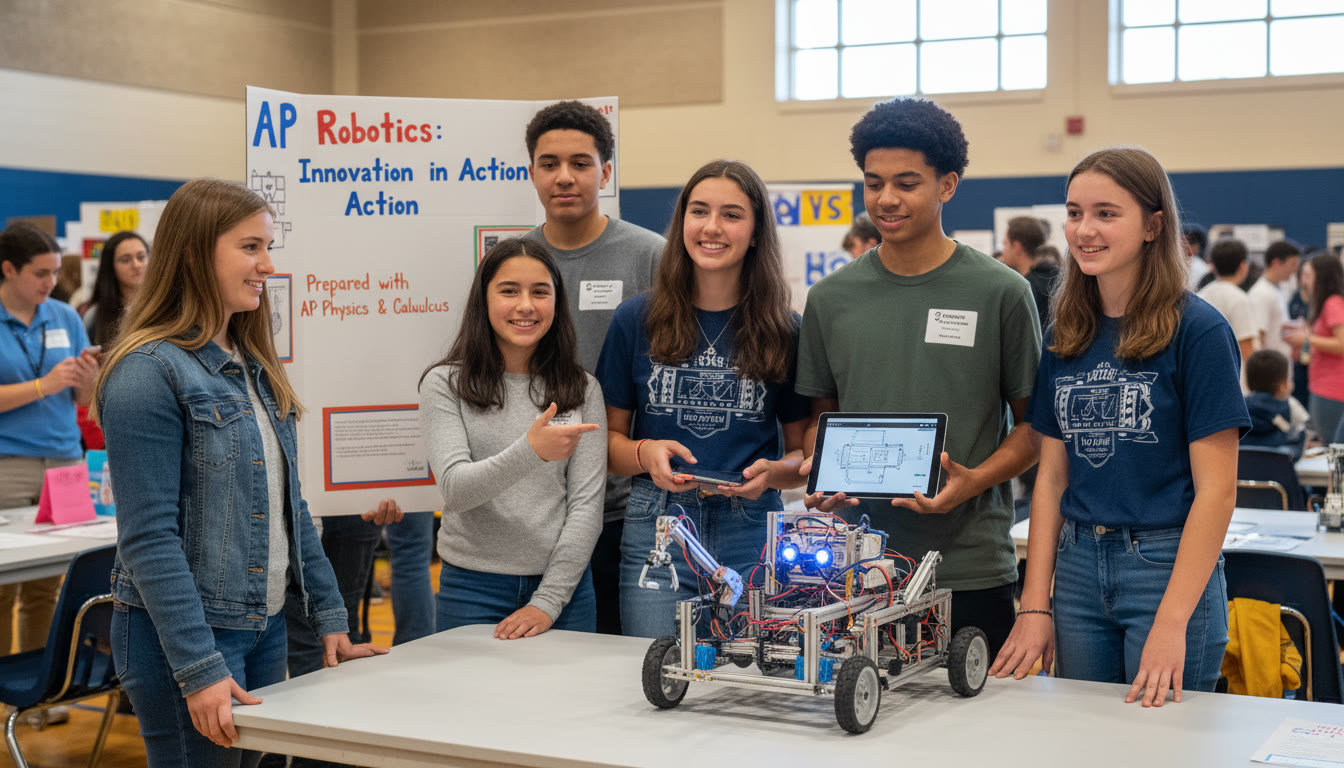
Next Steps
Pick the APs that match your school-level readiness, commit to one project this semester, and schedule a short conversation with a tutor or mentor who understands the robotics pathway. Small, steady moves build momentum — and by the time you’re ready to apply to colleges, you’ll have both the scores and the story to stand out.
Good luck — and enjoy the build. Robotics rewards curiosity, hands-on persistence, and creative problem solving. Your AP pathway is just the beginning of a very exciting journey.





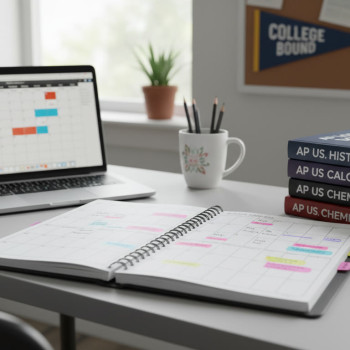
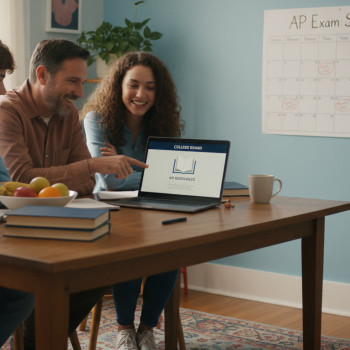


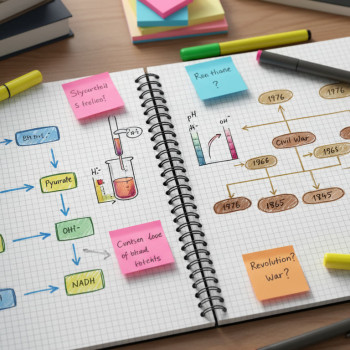










No Comments
Leave a comment Cancel